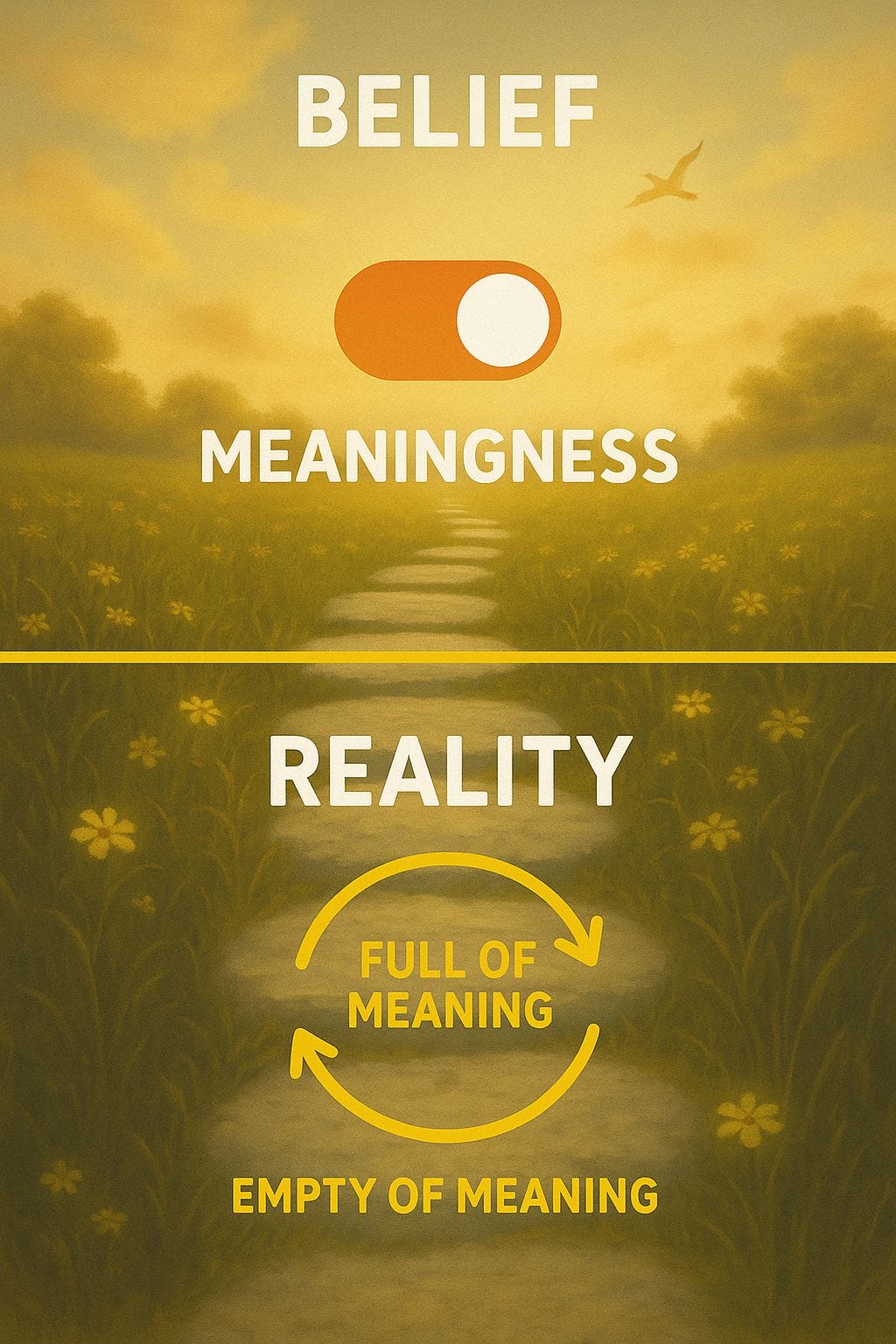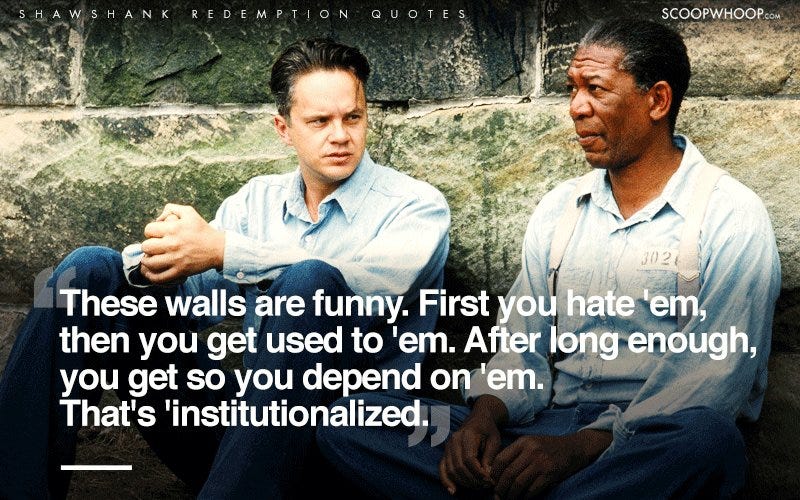Sunday Reflections (Industrial Agriculture Isn't Going Away, Meaning Making Cycles, State of MFI, BioLumic, Otipy)
Dear Friends,
Greetings from Hyderabad, India. My name is Venky. Welcome to Sunday Reflections where I reflect on what I’ve written and ask myself, In doing what I am doing, what am I really doing?
Subscriber-Only Plugins
Why did Otipy Shut Down?
“Founded in 2020, Otipy operated as a B2B2C platform, sourcing fresh produce directly from farmers and delivering it to end consumers through a network of community resellers.
The company was active primarily in Delhi-NCR and parts of the Mumbai metropolitan region. At its peak, Otipy worked with 20,000 farmers and served over one million customers via a network of more than 20,000 community retailers. The platform leveraged AI-driven demand forecasting to deliver produce from farm to doorstep in under 12 hours, aiming to minimise food waste to just 3%.
Despite achieving a 43% year-on-year revenue growth in 2024, the company faced ongoing struggles with procurement costs, which accounted for 70% of total expenses, and high customer acquisition costs.” - From Danielle Tricarico's Digital Agriculture in LMICs BlogAmidst rumors of both old and new investors dropping the ball leaving Varun (Founder of Otipy) with no other choice, the murder suspects seems to land on the wave of Quick Commerce.
I have written earlier about Quick Commerce eating away the D2C Farm to Fork Category and the crime scene is expanding: Wheelocity’s Pivot, DeepRooted’s shutdown and now Otipy.
Quick Commerce distribution Tax will ensure that the margins will be concentrated towards the distribution infrastructure rather than the brand and agri-output player at hand. What are the death valleys so far we have seen in F&V?
Ex-Post Facto:
In writing a post-mortem, the only question that interests me: How can the agritech ecosystem compost this learning? What can we learn about the F&V market context that many VCs and Analysts in this ecosystem don’t get?
More in a subscriber-only edition of Agribusiness Matters
Subscriber-Only Plugins
Making Sense of BioLumic’s $8.3 Mn Series-B Fundraise
In my sponsored deep-dive on Bioprime, I had written,
“How would these hazy regulatory winds affect the future of biologicals and its upcoming product pipelines (attuned viruses, onco-nanocapsules, vaccine adjuvants) which is, umm, well, getting more and more fascinating by the day?”
Well, with BioLumic’s fundraise, we are gearing up for divergent futures.
Here is how Jason Wargent, BioLumic’s founder and CSO analogizes his product and what it does to a plant: A brief exposure “like a human going to the doctor for a jab” that primes the immune system.
If I were to analyze Biolumic from the same lens with which I analyzed InnerPlant (as both are powered by agribiotech platforms), I need to answer two questions.
In what ways is this capturing “Non-Captive” data?
Where does the value reside? Does it lie in the center or does it lie in the edge?
More in a recent subscriber-only edition of Agribusiness Matters
State of Agri-Fintech
Joby CO has seen the highs and lows of Micro-Finance industry for a very long time. I asked him how sees the evolution of Microfinance in the country.
Is the microfinance sector caught in a time-wrap, unable to come up with individualized credit approaches?
The Microfinance Sector has also been showing significant debt distress.
Dvara Research conducted a household-level survey in January 2024 involving 1,124 microfinance customers of an NBFC across three districts each in Odisha and Tamil Nadu to analyze the characteristics of borrowers experiencing distress.
💡Increase in NPA by 100 basis points, from a post-pandemic low of 0.9% in September 2023 to 1.9% in September 2024.
💡Portfolio-at-Risk (PAR) 31-60, PAR 61-90, and PAR 91-180 increased by 60, 70, and 90 basis points
💡Approx. 6% of borrowers have exposure to four or more lenders
68% of the borrowing households could be flagged as distressed.
These broadly correlate with NABARD’s All India Rural Financial Inclusion Survey 2021-22
Insight #2: 52.2% of households have outstanding debt, with an average outstanding debt of ₹90,372 (~1073 USD) per indebted household. 74.4% of loans are from institutional sources. The proportion of rural households that reported outstanding debt has grown from 47.4 per cent in 2016-17 to 52.0 per cent in 2021-22, even as their average monthly income jumped 57.5 per cent in the same period.
Should we be worried about Microfinance sector's current predicament ?
Link to the complete "State of Agrifintech" podcast with detailed links in a recent edition of Agribusiness Matters.
Meaning Making Cycles
Meaning-making is not a SWITCH that can be turned ON once. Meaning-making is a cycle alternating between fullness and emptiness.
Few moons ago, I attended the Annual Day of one of India's inspiring non-profits that has been operating for four decades - They have created immense amount of Impact across diverse rural and urban communities with a strong and vibrant community that loves them to bits.
During the founder's inaugural address, he casually mentioned his struggles while he entered the "Empty of Meaning" vortex and how he had to birth a new intervention program for Rural India to come out of that void.
It was a powerful Aha moment that deeply resonated with me. We believe Meaningness is a switch that gets turned ON once we have discovered something deeply purposeful.
The reality is that Meaningness is a cycle that alternates between extreme states of feeling full and empty.
There are sunny moments of deep satisfaction when you discover the meaning and purpose of your work. And there are dark moments of deep existential angst when you get in touch with the emptiness of your work.
This is a daily grind. One has to go through these cycles and learn to navigate these cycles. Have you cycled through these meaning-making cycles? What has been your experience?
Industrial Agriculture Isn’t Going Away
Can I be honest with you without necessarily being cynical?
Industrial Agriculture isn’t going away. You can’t change it. Someone decided half a century ago that Soil Science and Agronomy are different subjects.
Although both were under one umbrella (“Agricultural Science”), over time, Soil science evolved more toward natural sciences, especially chemistry, geology, microbiology, and environmental science. Agronomy focused increasingly on crop production, plant breeding, field management, and farm-level practices.
In the US, land-grant universities began separating soil science departments from agronomy/agricultural science departments by the 1950s - 70s. Journals, conferences, and professional societies also split — e.g., the Soil Science Society of America (SSSA) and American Society of Agronomy (ASA), though they remain allied under the Tri-Societies.
Today, this split is institutionalized: Generations of agronomists are trained around this. Mountains of Assessments and projects are designed around it. Mounds of agricultural pedagogies have internalized it. Shrubs of agritech softwares are designed around it.
You cannot change a sociotechnical system that has turned into an ecosystem. You cannot change the socio-technical system of Industrial Agriculture because it has turned into a self-serving ecosystem.
When farmers are subsidized to continue the socio-technical system of Industrial Agriculture, competing efforts will have be upgraded to the same level to make the transition inevitable.
How do we build competing self-serving ecosystem that works for Agroecology? While there are clues around nutrient density, regenerative agriculture, I haven’t yet seen a ecosystem that connects the dots seamlessly between the regenerative agriculture and nutrient density.
How can we build a self-serving ecosystem for agroecology? I am all ears.
So, what do you think?
How happy are you with today’s edition? I would love to get your candid feedback. Your feedback will be anonymous. Two questions. 1 Minute. Thanks.🙏
💗 If you like “Agribusiness Matters”, please click on Like at the bottom and share it with your friend.






